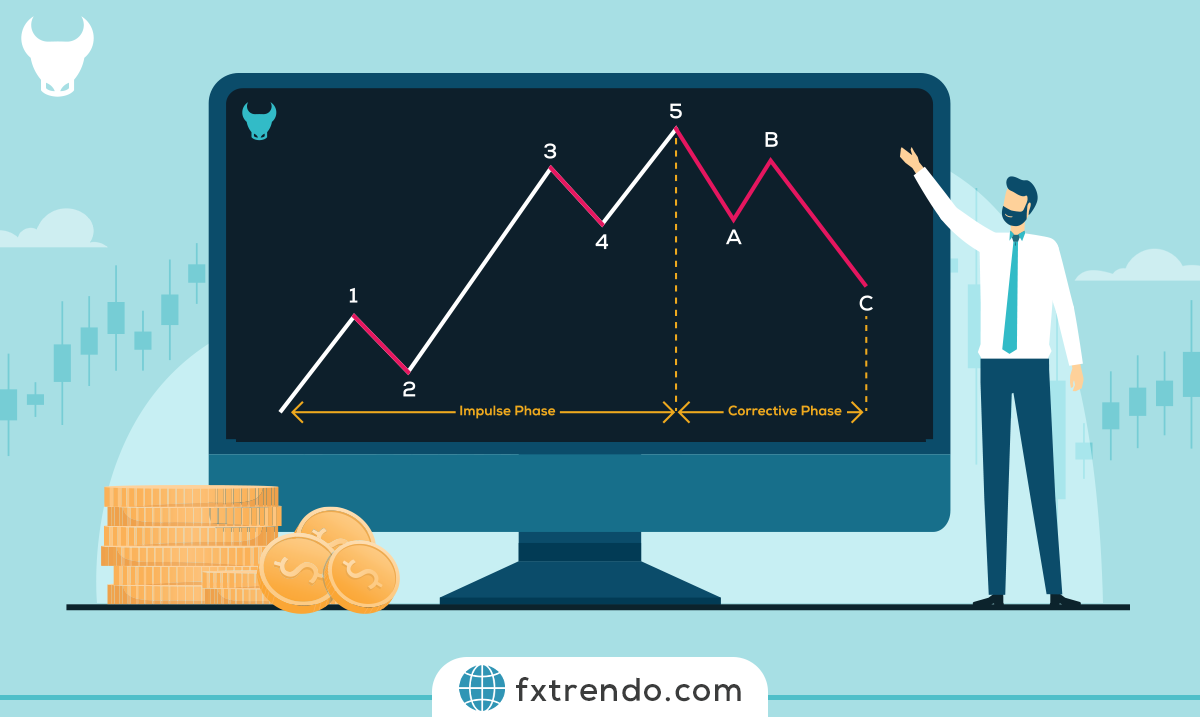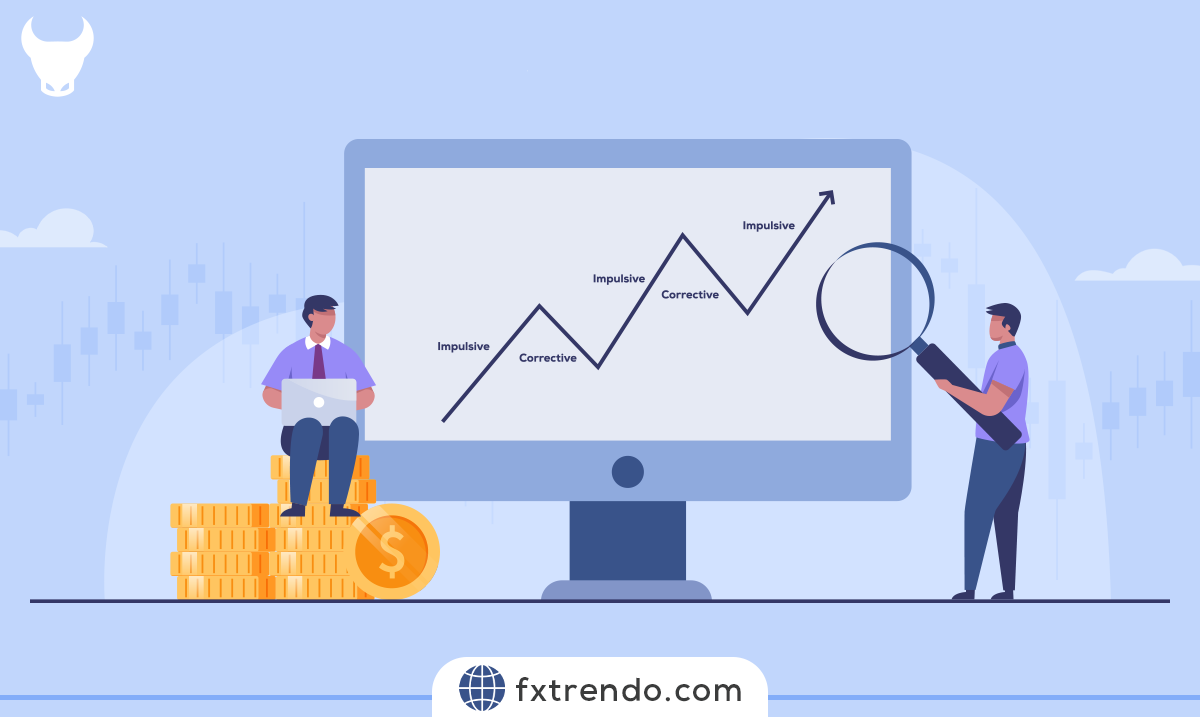Forex Market Hours - Ultimate Guide about Forex Market Hours & Forex Trading Sessions - Trendo Broker


Welcome to the ultimate guide on Forex Market Hours! This guide is designed to help both novice and experienced traders navigate the complex world of Forex trading.
The Forex market, with its round-the-clock trading hours and high liquidity, offers unique opportunities for traders around the globe. However, to capitalize on these opportunities, it’s crucial to understand the dynamics of Forex Market Hours and Trading Sessions.
In this guide, we will delve into the intricacies of Forex Market Hours, exploring the various trading sessions that constitute the Forex trading day. We will discuss how these different sessions impact market activity, volatility, and liquidity.
We will also provide valuable insights on how to align your trading strategies with the rhythm of the Forex market. Whether you’re a day trader, swing trader, or long-term investor, understanding Forex Market Hours can significantly enhance your trading performance.
Stay tuned as we embark on this journey to demystify Forex Market Hours and help you become a more informed and successful trader with Trendo Broker.
Contents
What Are Forex Market Hours?
Forex Market Hours refer to the specific time periods during which Forex markets are open for trading. Unlike other financial markets like the New York Stock Exchange or London Stock Exchange, which have fixed hours, the Forex market operates 24 hours a day, five days a week. This is because it’s a global market that involves many countries from different time zones.
The Forex market hours start with the opening of the Sydney session at 5:00 PM EST on Sunday and end with the closing of the New York session at 5:00 PM EST on Friday. During this time, traders can buy, sell, exchange, and speculate on currencies.
It’s important to note that these times may vary during daylight saving time in these regions. Also, there is a brief overlap in the trading times between each of these sessions. It’s during these overlap periods that the market is the most active, providing better opportunities for currency trades.
What is a trading session?
Time is one of the most important success factors in the forex market and plays a decisive role in the success of people's trades. Therefore, according to the forex market's activity 24 hours a day, from Monday to Friday, this market can be divided into four significant time zones in Sydney(Australia), Tokyo(Asia), London(Europe), and New York(USA), these time divisions are called trading sessions.
Knowledge of trading sessions is significant for carrying out trades and has a unique feature because each session is defined and categorized according to the activities of banks and small and large traders of the continent.
A trader can choose the best time to make a successful trade according to his trading strategy and mood and by examining these factors.
The forex market has had three high-traffic trading sessions from the past till today. Traders often focus on one of these three trading sessions instead of trying to trade 24 hours a day. This technique is known as the "Forex 3-Session Trading System". These sessions include the Asian, European, and North American sessions, also called the Tokyo, London, and New York sessions.
Sydney session (Australia)
According to customs, the International Date Line is where a new calendar day begins. As New Zealand is a big financial center, while forex markets open on Monday morning there, it is still Sunday in most parts of the world. Although Forex trading starts in New Zealand, it is still called the Sydney session.
This session starts at 09 pm UTC and ends at 06 am. The Sydney session has a slow and low fluctuation due to the low liquidity volume. But sometimes, despite the low liquidity volume, fluctuating movements can be seen in some symbols such as gold, etc. If you trade with symbols such as AUDUSD and NZDUSD, one side of which is the Australian dollar or the New Zealand dollar, you should pay attention to the economic data of these two countries that will publish in this session.
Tokyo Session (Asia)
The Tokyo session starts three hours after the Sydney session at 12 am and continues until 09 am. As the Tokyo session starts, the liquidity volume will increase, and the fluctuations will become more and reasonable. Therefore, in a way, the main start of the forex market can be considered the beginning of the Tokyo session activity. You should pay attention to Japan's economic data published in this session if you trade with symbols such as USDJPY, which one side is the Japanese yen. Therefore, symbols with Asian currencies on one side can make profitable fluctuations in this session due to the Asian banks' activity.
London session (Europe)
The activity of the London session starts at 07 am and ends at 04 pm. In the London session, many symbols show good volatility due to high liquidity entering the market. The London session, with a 34.1% turnover of the forex market's daily trading volume, is known as the biggest and most major trading session. Therefore, many traders adjust their trading time in this session due to the logical and suitable movement of this session. It is important to pay attention to the European economic data, especially Germany, for currencies on which one side is the euro, such as EURUSD, and the UK economic data for the pound currency, published in this session.
New York session (USA)
The New York session, as the last trading session, starts at 01 pm and ends at 10 pm. Due to the US economy's high influence in the world, and the dollar's importance in forex trading, almost all currencies fluctuate the most in the New York session. In this session, the market has high volatility, which gives traders a good trading opportunity to earn profit. In the New York session, the most important economic data of the forex market, i.e., the data related to the US dollar, is published, which should be included in the transactions.
Major Forex Trading Sessions
Asian Session
The Asian session, also known as the Tokyo session, begins at 7:00 PM EST (12:00 AM GMT) and ends at 4:00 AM EST (9:00 AM GMT). This session is characterized by lower volatility compared to the European and North American sessions. However, significant economic news from Japan, China, Australia, and other Asian countries can lead to increased volatility during this session.
The key currency pairs during the Asian session often involve the Japanese Yen (JPY), such as USD/JPY, EUR/JPY, and AUD/JPY. The market activity during this session is relatively slow, but it can provide opportunities for traders who prefer a calmer market environment.
European Session
The European session, also known as the London session, begins at 3:00 AM EST (8:00 AM GMT) and ends at 12:00 PM EST (5:00 PM GMT). This session is the most volatile and busiest of all sessions due to the high volume of transactions involving the Euro (EUR), British Pound (GBP), and Swiss Franc (CHF).
The overlap period with the Asian session (from 3:00 AM EST to 4:00 AM EST) sees an increase in liquidity as traders from both sessions are active. This overlap period can provide excellent trading opportunities due to the increased volatility and liquidity.
North American Session
The North American session, which is dominated by the New York market, begins at 8:00 AM EST (1:00 PM GMT) and ends at 5:00 PM EST (10:00 PM GMT). This session is characterized by high volatility, especially during the overlap period with the European session (from 8:00 AM EST to 12:00 PM EST).
The key currency pairs during the North American session often involve the US Dollar (USD), such as EUR/USD, GBP/USD, and USD/CAD. The release of important US economic data during this session can lead to significant market movements.
Trading Overlapping Sessions
Also note that between forex trading sessions, there is a period when two sessions are open at the same time, which is called overlapping trading sessions. For example, from 08 am to 10 am, the Tokyo and London sessions overlap. And from 01 pm to 05 pm, the London and New York session overlap.
Naturally, these are the busiest times during the trading day, because when two markets are open simultaneously, there is more trading volume, more volatility in symbols, and more profitable trading opportunities. It makes sense because, during those times, all traders in the market are trading, which means more money is moving.
A trader can choose the best time to make a successful trade according to his trading strategy and mood and by examining these factors.
The forex market has had three high-traffic trading sessions from the past till today. Traders often focus on one of these three trading sessions instead of trying to trade 24 hours a day. This technique is known as the "Forex 3-Session Trading System". These sessions include the Asian, European, and North American sessions, also called the Tokyo, London, and New York sessions.
The Best Times to Trade in Forex
The right trading time is relative and depends on the individual's mood and trading strategy, it also depends on what currency pairs or symbols the trader trades.
People whose strategy is suitable for high volatility and who trade currencies such as dollars, euros, pounds, and francs can trade in London and New York sessions. Also, these people can trade during the release of important economic news because the related symbols perform high fluctuations.
In some trading times, the symbols' movements are slower. At the end of the New York trading session, when the daily trading ends, and the beginning of the Sydney session, when the daily trading begins, slow fluctuations are noticeable due to the decrease in trading volume.


Usually, when the Sydney session starts from 09 pm until 06 am, the fluctuations are low due to the low liquidity volume, and they increase when the Tokyo session starts at 12 am. The market takes a fresh breath with the Europeans' arrival at 07 am, and the fluctuations' intensity increases from 01 pm to 04 pm, with the largest market participants, that is, the Americans coming in, most symbols' volatilities reach their peak.
Impact of Market Hours on Forex Strategies
Forex market hours significantly influence trading strategies. The 24-hour nature of the Forex market means that different sessions around the world open and close throughout the day, each with its unique characteristics. Understanding these sessions and adapting trading strategies to different market hours can be a key to successful trading.
How Different Sessions Influence Trading Strategies
Different Forex sessions have varying levels of volatility and liquidity, which can impact trading strategies:
1. Asian Session: The Asian session is typically less volatile. Traders using range-bound strategies might find this session more suitable as the currency pairs tend to fluctuate within a specific range during this session.
2. European Session: The European session is known for its high volatility, making it suitable for breakout strategies and other strategies that rely on market movement.
3. North American Session: The North American session overlaps with the European session, leading to high market liquidity and volatility. This session is ideal for high-frequency trading strategies, including scalping and day trading.
Adapting Trading Strategies to Different Market Hours
Adapting trading strategies to align with the Forex market hours can enhance a trader’s ability to capitalize on the market conditions:
1. Trend Strategies: These strategies can be more effective during the European and North American sessions when the market volatility is high.
2. Range-Bound Strategies: These strategies are often suitable for the Asian session when the market is less volatile.
3. Scalping: Scalping involves making numerous trades within a short time frame, which can be more effective during the overlap periods when the market liquidity and volatility are high.
Examples of Strategies for Different Sessions
1. Asian Session: A range-bound strategy can be used during the Asian session. For example, a trader can identify the upper and lower bounds of a currency pair and make trades based on these boundaries.
2. European Session: A breakout strategy can be effective during the European session. Traders can set entry points above or below the current price range, anticipating a breakout when the European market opens.
3. North American Session: High-frequency trading strategies, such as scalping, can be used during the North American session. Traders can make numerous trades based on small price movements, capitalizing on the high market volatility.
Tools and Resources to Monitor Forex Market Hours
In the world of Forex trading, keeping track of market hours across different time zones is crucial. Thankfully, there are several tools and resources available that can help traders monitor Forex market hours effectively. Here’s an introduction to some of these tools:
1. Forex Market Hours Charts: These charts provide a visual representation of the Forex market hours across different time zones. They can help traders understand when different markets open and close, and when there are overlaps between sessions.
2. Economic Calendars: Economic calendars list the dates and times of significant economic events that can impact currency prices. These calendars can help traders plan their trades around these events.
3. Forex Time Zone Converters: These tools allow traders to convert the market hours in one time zone to their local time zone. This can be particularly useful for traders who trade in markets located in different time zones.
4. Forex Market Session Indicators: These are technical indicators that can be added to the trading platform. They highlight the trading sessions directly on the price chart, helping traders visualize the market activity during different sessions.
How to Use These Tools Effectively
Using these tools effectively can significantly enhance a trader’s ability to navigate the Forex market. Here are some tips on how to use these tools:
1. Forex Market Hours Charts: Use these charts at the beginning of your trading day to understand which markets are currently open, and which markets are about to open or close. This can help you plan your trades for the day.
2. Economic Calendars: Check the economic calendar at the start of each week and each trading day. Look for any major economic events that are scheduled for the day and plan your trades accordingly.
3. Forex Time Zone Converters: Use these converters to align the market hours with your local time. This can help you avoid confusion and ensure that you’re ready to trade when the market opens.
4. Forex Market Session Indicators: Use these indicators on your price charts to easily identify which session is currently active. This can help you adjust your trading strategy based on the characteristics of the active session.
Factors Affecting Market Hours
While the Forex market operates 24 hours a day, five days a week, there are several factors that can affect the specific market hours and the trading activity during these hours. Here are some of the key factors:


1. Time Zones: The Forex market operates in different time zones around the world. The opening and closing times of different market sessions are determined by the local business hours of major financial centers. Therefore, the time zone of the trader and the time zone of the currency pairs they are trading can significantly affect the market hours.
2. Daylight Saving Time: Many countries observe daylight saving time, which can shift the market hours by an hour. For example, when the U.S. switches to daylight saving time, the New York session starts an hour earlier. Traders need to adjust their trading schedule to account for these changes.
3. Public Holidays: Public holidays can also affect Forex market hours. On certain public holidays, such as Christmas and New Year, the Forex market might be closed. Also, trading activity can be lower than usual on the days leading up to and following major holidays.
4. Economic Events: Major economic events, such as central bank meetings and economic data releases, can lead to increased volatility in the Forex market. These events typically occur during the business hours of the relevant country, which can affect the market activity during specific hours.
5. Market Overlaps: The overlap between different market sessions can lead to increased trading activity and volatility. For example, the overlap between the London and New York sessions is one of the most active trading periods in the Forex market.
Conclusion
In conclusion, understanding Forex market hours and adapting trading strategies to them is a crucial aspect of successful Forex trading. It allows traders to capitalize on market conditions during different sessions and make informed trading decisions. Remember, successful trading is not just about when you trade, but also about how well you can manage your risk and make informed decisions based on market conditions and your trading strategy.
About Trendo Broker
Trendo Broker is a leading online Forex trading platform that provides traders with the tools and resources they need to navigate the global Forex market. With a commitment to innovation and customer satisfaction, Trendo Broker offers a user-friendly interface, advanced trading tools, and comprehensive educational resources.
How Trendo Broker Can Help Traders with Market Hours and Trading Sessions?
Understanding Forex market hours and trading sessions is crucial for successful trading. Trendo Broker provides a range of tools and resources to help traders monitor market hours and plan their trades effectively. These include real-time market hour charts, economic calendars, and session indicators.
Trendo Broker’s platform also provides real-time price feeds and market analysis, allowing traders to stay updated on market conditions during different trading sessions. Additionally, Trendo Broker offers educational resources and webinars on various topics, including Forex market hours and trading strategies, helping traders enhance their trading skills and knowledge.
For more information about Trendo Broker and its services, you can visit our website or contact our customer support team.
FAQs
What are the forex market hours?
What time does the forex market open?
What time does the forex market close?
When is the best time to trade forex?
What are the 4 sessions of forex time?
What time is the New York session?
What time is the Tokyo trading session?
Which forex session is best?
How many hours is London session in forex?
Article similaire
Le plus visité
0




















